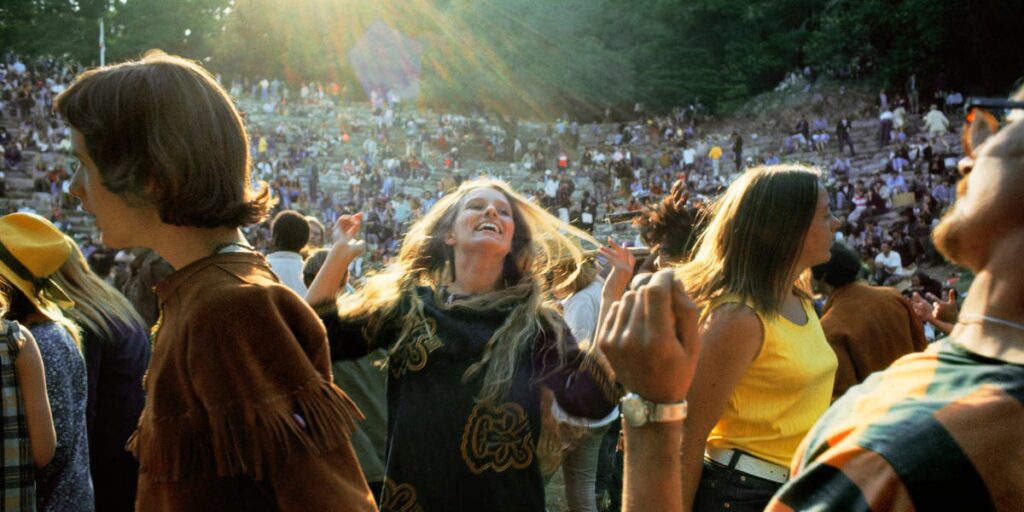The summer of 1967 marked an explosive period of protests and the rise of the hippie movement. Frustration over the Vietnam War ignited social and political discontent, with San Francisco’s Haight-Ashbury district emerging as a cultural epicenter.
This was a time when many young people sought alternatives to the consumerist culture that had been taking root in America. The largest generation up to that point, the baby boomers, transitioned into their teenage years, fueling movements centered around racial justice, women’s rights, and LGBTQ+ activism.
In Haight-Ashbury, around 75,000 young people converged, seeking the values of freedom, love, and peace that the hippie ethos espoused. Vintage photos capture the vibrant lifestyles of these individuals as they navigated this unique cultural moment.
The Human Be-In event in January 1967 served as a crucial precursor to the Summer of Love, attracting around 30,000 attendees who congregated to celebrate counterculture, music, and shared experiences.
The movement gained traction in the Haight-Ashbury area, with young people flocking to its streets, creating a social scene defined by anti-war sentiments and a rejection of societal norms. Major events like the Monterey Pop Festival and Fantasy Fair drew tens of thousands, featuring acts such as the Grateful Dead and Janis Joplin.
Musically, the era was encapsulated by The Beatles’ “Sgt. Pepper’s Lonely Hearts Club Band,” an album that resonated deeply with the values of the time, promoting peace and love. Psychedelic drugs played a significant role in the movement, with figures like Timothy Leary encouraging exploration of consciousness.
However, the Summer of Love was not without its tensions. Protests sprouted across the nation, facing resistance from law enforcement. In cities such as Detroit and Newark, civil rights activists fought against racial injustice, contributing to the broader tapestry of societal change during this tumultuous era.
As the summer drew to a close, many young people returned to their previous lives, but the cultural impact of this period endured, forever marking a significant moment in American history.
Sadly, on October 6, 1967, a symbolic funeral was held for the hippie movement, signaling the end of the Summer of Love. The event served as a reminder of the challenges faced by those who had sought to create a new way of life and to spread a message of peace and love.


